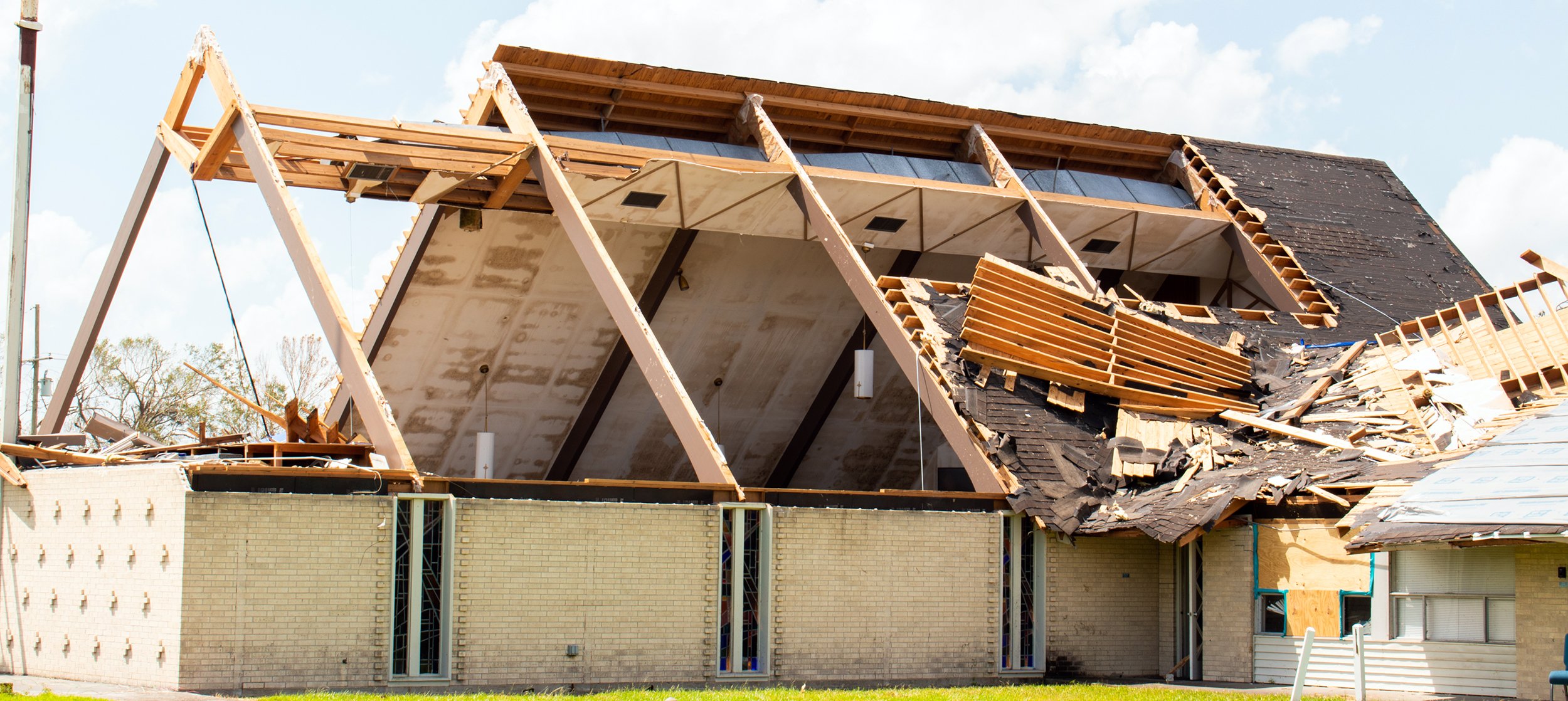In a crisis, would you have enough property insurance to reconstruct your facility?
It’s a memorable day in the life of your church. But not in a good way.
When the phone rings, a fire chief is on the line to let you know your building has been destroyed. It’s a day you never thought would come.
After making sure no one was hurt, your next thought is likely insurance. “Where is that policy? What does it say? Am I covered? For how much?”
At Ministry Pacific, we don’t want the answer to be a mystery: It all starts with the value your church assigns to your property. That’s called a building valuation.
Definition A building valuation is the amount for which your building and its contents are insured.
CoreLogic, a property value expert, estimates at least 70 percent of commercial buildings – including churches – are underinsured for insurance purposes. Why is that?
The valuation was never set correctly in the first place. It may have been haphazard guesswork or simply renewed “as is,” with no questions asked.
The value may have gone up because of improvements, expansions or additions.
Key assets that are not part of the building itself may have been unaccounted for. This includes stained glass artwork, pipe organs, pews, audio visual systems and solar panels.
The policy amount was sufficient for the date it was created. However, it does not reflect rising costs of construction and expensive code and environmental law changes.
The policy amount does not include funds for demolition and removal of debris.
The good news is, your policy can be updated to provide funds for a real-life reconstruction of your building.
This webinar will provide practical, non-technical guidelines to help your church or ministry make sure it accounts for everything that needs to be rebuilt or replaced.
OUR GUEST
Tom
Nadler
President • GC3
Expert insights will be provided by Tom Nadler, president of GC3, a general contracting firm specializing in reconstruction projects for large loss commercial insurance policies. In the last three decades, the company has rebuilt more than $1 billion worth of insurance properties in the United States. Although its clientele is diverse, it has particular expertise in university and faith-based projects.


